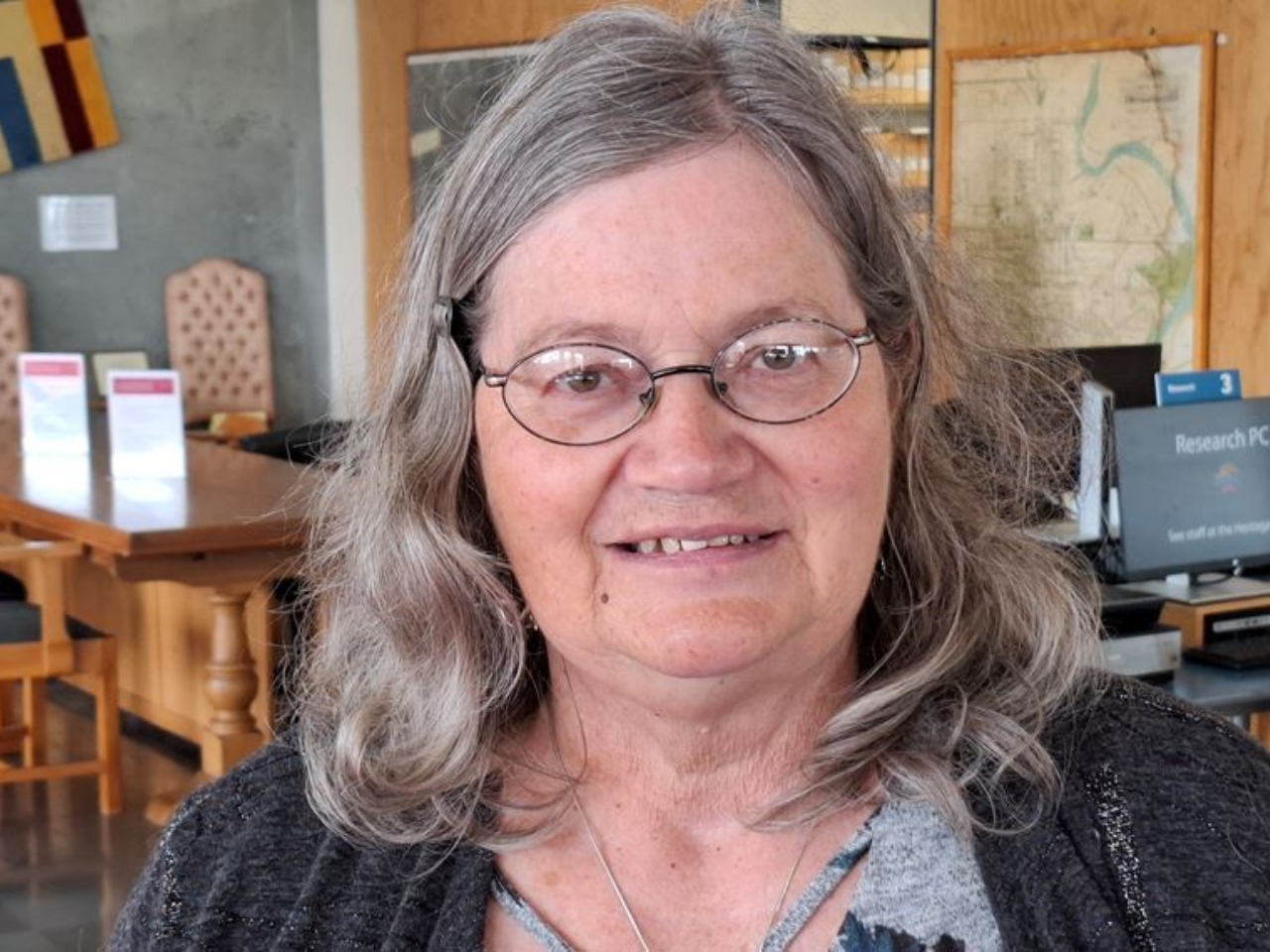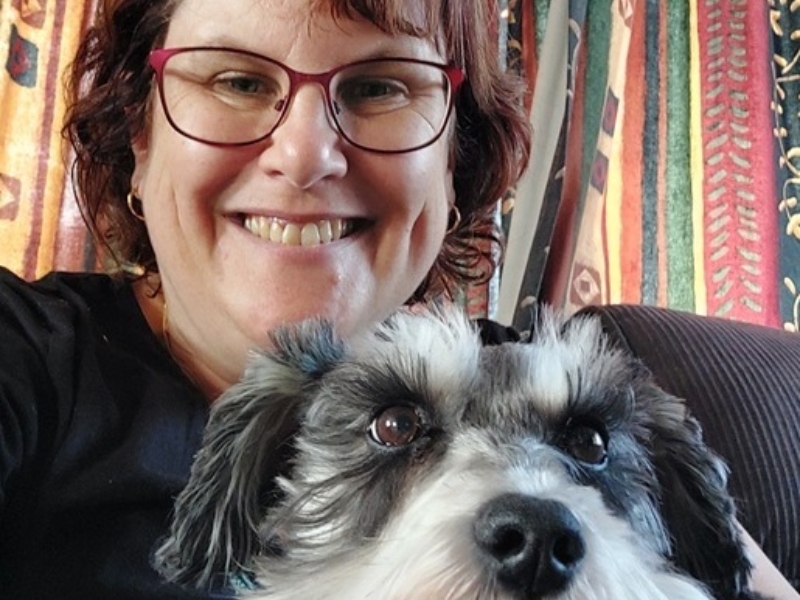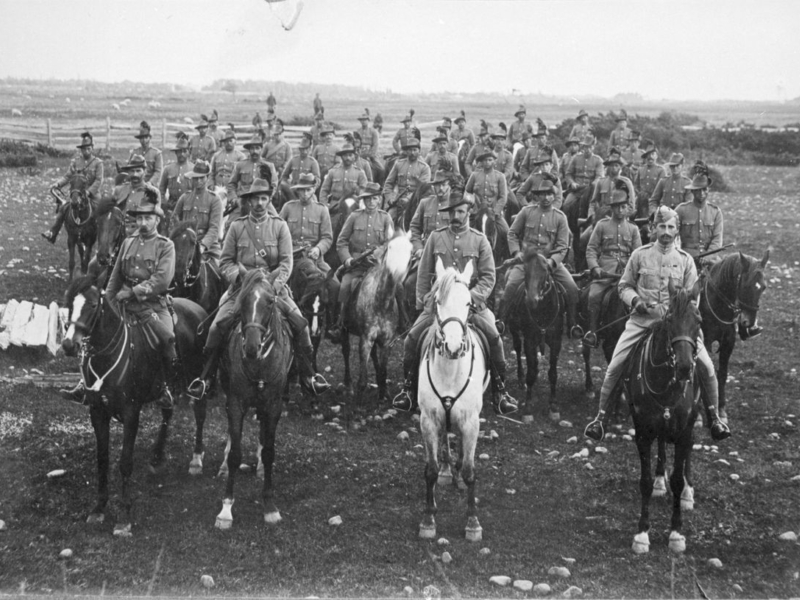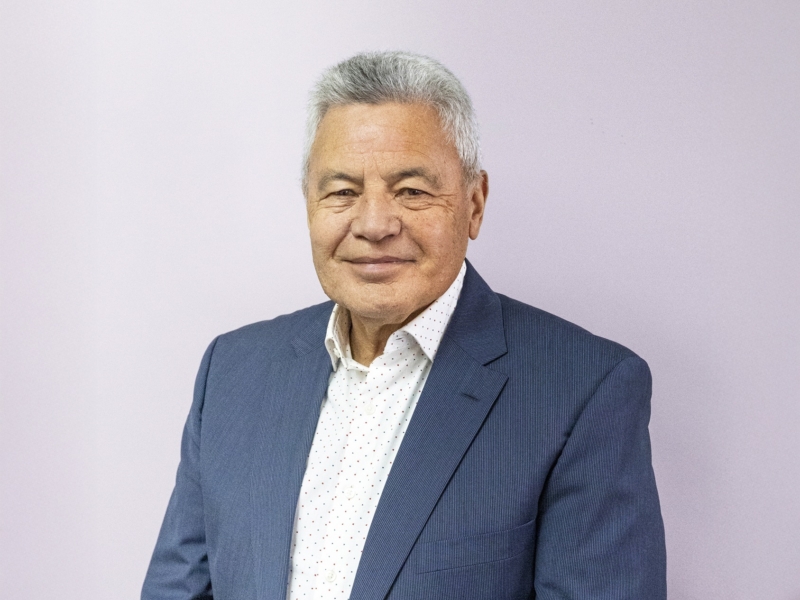Where are you originally from?
I was born in Palmerston North in 1953, just before the big flood. In fact, Dad took Mum and me to see the water pouring under the Fitzherbert Bridge when we were on the way home to Kelvin Grove from Palmerston North Hospital. Napier Road was under water at the time, so this definitely involved travelling the ‘long way home’ to Roberts Line. I don’t remember much about that visit personally.
How long have you lived in Palmerston North?
Apart from almost two years in Perth, W.A., in 1976-78, I have lived all my life in Kelvin Grove – on our family’s original (1876-vintage) dairy farm in Roberts Line (where Peppertree Home now is) or for 12 years (1963-1974) on a much larger dairy farm whose site now includes the Bupa Riverstone retirement village and the Kaimanawa Street industrial area, before ultimately buying my present home in Kelvin Grove in 1981.
Where did you train?
I trained as an adult student at Massey University, achieving my BA in History and Social Anthropology in 1995, and then MA (Hons.) in History in 1999. When I was at high school (Freyberg), it didn’t dawn on me for a second that I might ever go to university, and I think only one girl from my sixth form class left school to go there. Uni wasn’t a typical destination for girls back then – and very few boys also – certainly from our lot.
Tell us about your career.
As a dairy farm kid, I was put to work at an early age. I was driving Dad’s 1926 Chrysler truck to feed out hay when aged four! We still have the 99-y-o truck – though it hasn’t done much lately. From age 11, helping with milking was normal, and from about 17, I could run the Town Milk farm when Dad was overseas or away usually for about a month at a time – as well as variously school or employment in town. I was rather busy. I was 21 when Dad retired from dairying. It took decades to realise that all that skilled and responsible work should have been added to my CV.
I left school at 17 to become ‘office junior’ at Bennetts Bookshop and subsequently became cashier, etc. In 1974 I moved to Palmerston North Plumbers Merchants Head Office in the old Meteor Theatre in the Square. From there was the huge office of Coventry Motors in Perth, then Delta Plastics that became Allflex – mixed with having two kids, and then Biofarm in Te Matai Road (from c.1996), and Tax Link – Pam Mills Ltd. (from c.2006) – both jobs I still work at.
Since the mid-1980s, I’ve contributed to and/or written a few books and researched the histories of a number of old buildings and sites in and around Palmerston North, Manawatū, Horowhenua, Whanganui and some in Rangitikei for the various councils and some for Heritage NZ.
What is your favourite part about living in Palmerston North?
Possibly ‘knowing stuff’ about the place and hoping that it isn’t too big to forget its story.
What do you do for fun?
I ‘thought’ that my involvement with community groups and on their committees was ‘fun’, until a guy from the Cancer Society asked me the same question a few years ago and received the same answer from me. He replied, “That’s work!” to my horror. However, I enjoy being on committees as varied as Ormondville Rail Preservation Group Inc., the Scandinavian Club on Manawatū Inc., Foxton Historical Society, and locally the committees of the PN Power Station, the Hoffman Kiln, Kelvin Grove Community Assn. Inc., the Caccia Birch House Advisory Committee, Manawatū-Horowhenua Historical Society, the local Youth Justice Centre, and perhaps a few others that I will suddenly remember in due course!
What is something that most people don’t know about you?
That someone once (c.1998) identified me as a “community activist” – and I thought that was really amusing.
Any projects in the pipeline?
Swarms of them. At the moment I’m enjoying diverting some of them into the Manawatū Standard’s ‘Back Issues’ series – which at least get the topics concerned into the public eye.
What Palmerstonian/s (living or dead) do you most admire?
Two especially come to mind – my late auntie, Vera McLennan-Boman (née Burr) and late City Archivist, Ian Matheson. I regard both as my mentors in terms of inspiring and encouraging my interest in history. Auntie Vera wrote books on the history of places around Canterbury, before moving back to Palmerston North and writing more books on the Manawatū. When she was researching her book Changing Days and Accommodating Ways in the early 1970s on the Arthurs Pass coaching days, she took me to an array of exciting places – like old buildings and sites, museums and archives.
During this fascinating time, I was introduced to the skeleton of a 19th Century Thoroughbred stallion named ‘Traducer’ (in Canterbury Museum), and this resulted in a sudden urge to research the story of this once famous horse. It eventually became my very first historical article - this being published as part of a museum article in the The Press of 8 June 1989, p. 17. It also taught me to beware of ‘modifications by editors that turn well-researched historical corrections into same-old, second-guessed errors.’
From there, Ian Matheson got to work on turning me from a ‘horse-torian’ into a ‘historian’ (and encouraging me to go to university), and this was helped by the name of a grandson of Traducer (‘Gipsy King’) - which had become a racing journalist’s pen-name, and which is now carved into that man’s headstone at Terrace End Cemetery. From there I ended up writing my MA Thesis on Ian’s distant relative, Major Dugald Matheson, the not-so-perfect commandant of the Matiu/Somes Island Internment Camp for enemy aliens during WWI. Knowing Ian, a former schoolteacher, resulted in me ‘thinking’ about how a former (and later) schoolteacher might react as Dugald did – rather than simply branding the guy as a ‘bad-un’!
Any other plans for your retirement?
I haven’t got time to retire………….!






